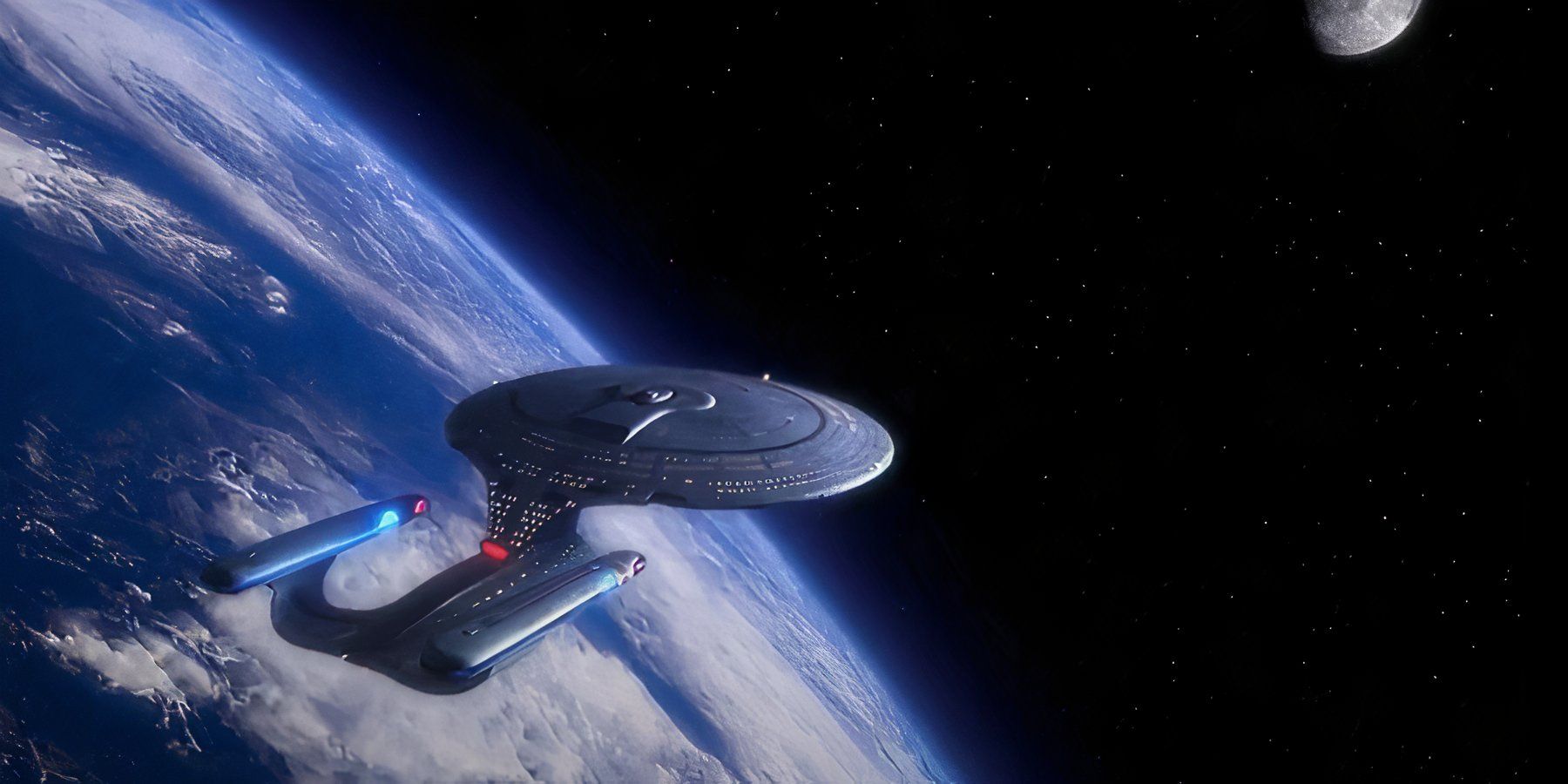
Key Takeaways
- Roddenberry envisioned a world of unity and peace without greed, poverty, or war.
- Replicators in TNG created an almost post-scarcity world where money was obsolete.
- Despite being aspirational, the
Star Trek
universe still has scarcity and financial inequities.
As a child of the ’90s who grew up with the original Star Trek series and its subsequent spin-offs, I have always been captivated by the utopian vision of the future portrayed in Gene Roddenberry’s masterpiece. The idea that humanity could one day reach a point where everyone’s basic needs are met and money is obsolete has long been a beacon of hope for me.
In constructing the universe of Star Trek, Gene Roddenberry harbored hopeful visions for what the future might hold. He envisioned a society where people were no longer motivated by amassing wealth or material goods, but rather, their empathy surpassed their self-interest. This world was one where everyone recognized their shared humanity, creating a world free of greed, poverty, discrimination, violence, and conflict.
The fundamental values that form the backbone of the Star Trek universe – these are the key concepts that have been its foundation. Yet, one may wonder about the creation of this world and its broader consequences.
The Scarcity World of The Original Series
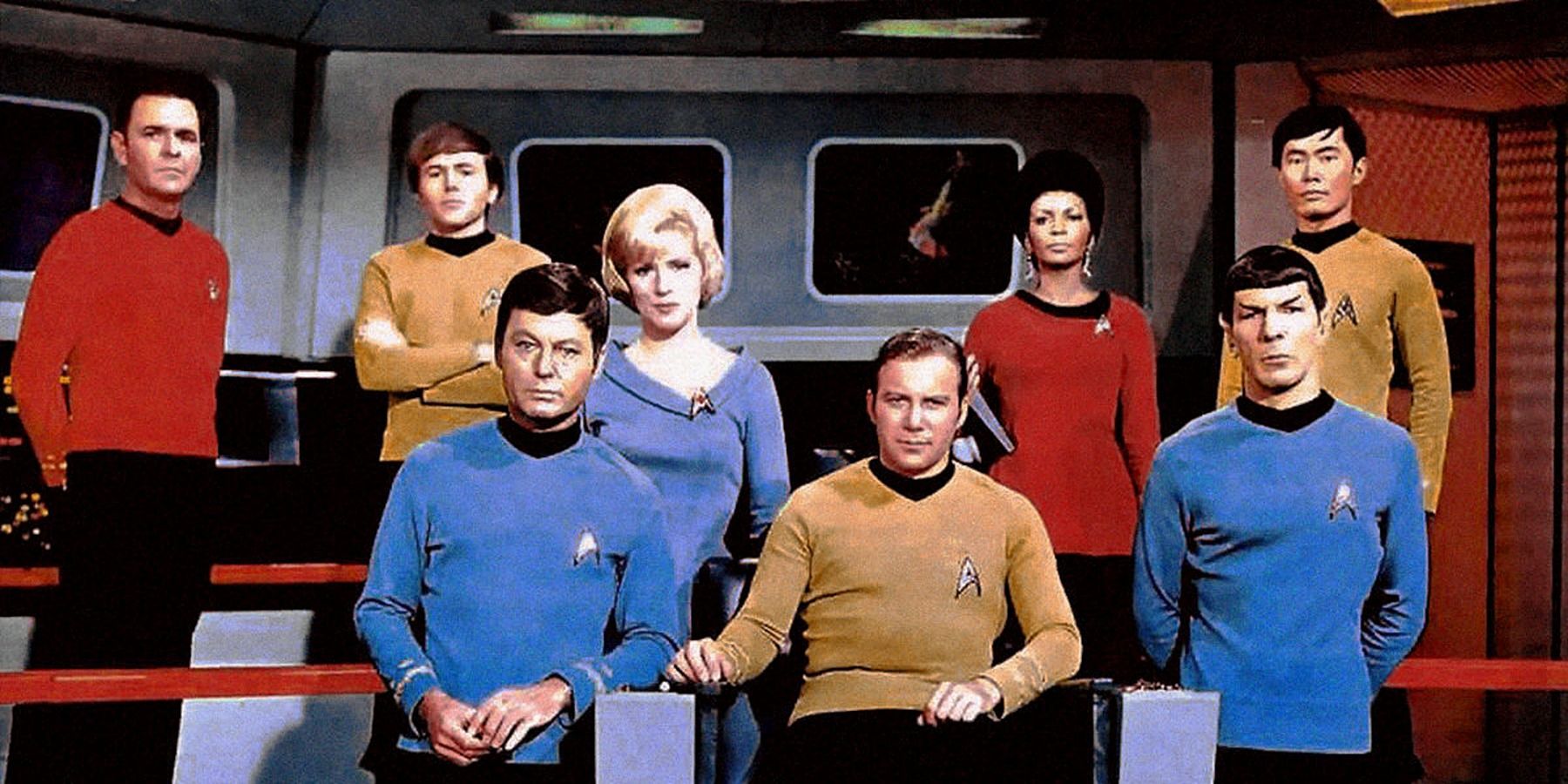
When Roddenberry shaped his vision for a utopian universe in the Star Trek: The Original Series writer’s guide, he didn’t lay out exactly how his future society had solved all the problems prevalent in American society during the early and mid 1960s. Instead, he deliberately left out the specifics, particularly concerning the economics and politics of this imagined future.
“Finally, it seems like humanity has discovered some semblance of unity and possibly peace on this planet. However, modern television fails to delve into the intricate political aspects of the future depicted in Star Trek; for instance, which social and economic systems proved most effective in their century.”
During the peak of the Cold War, communism was viewed as the most significant danger to democracy and liberty, leading to widespread censorship on the radio waves. Roddenberry recognized that he couldn’t showcase a society with a non-capitalist economic structure without facing issues. Thus, he subtly hinted at a society free of greed and poverty while emphasizing the social aspects of his utopia. He depicted humans of various races, beliefs, and genders coexisting harmoniously, humans and aliens collaborating on equal terms, and a tranquil cosmos where issues were discussed rather than immediately resolved through conflict. However, despite the peaceful setting, there was still a significant amount of violence for such a world.
Introducing Post-Scarcity in The Next Generation
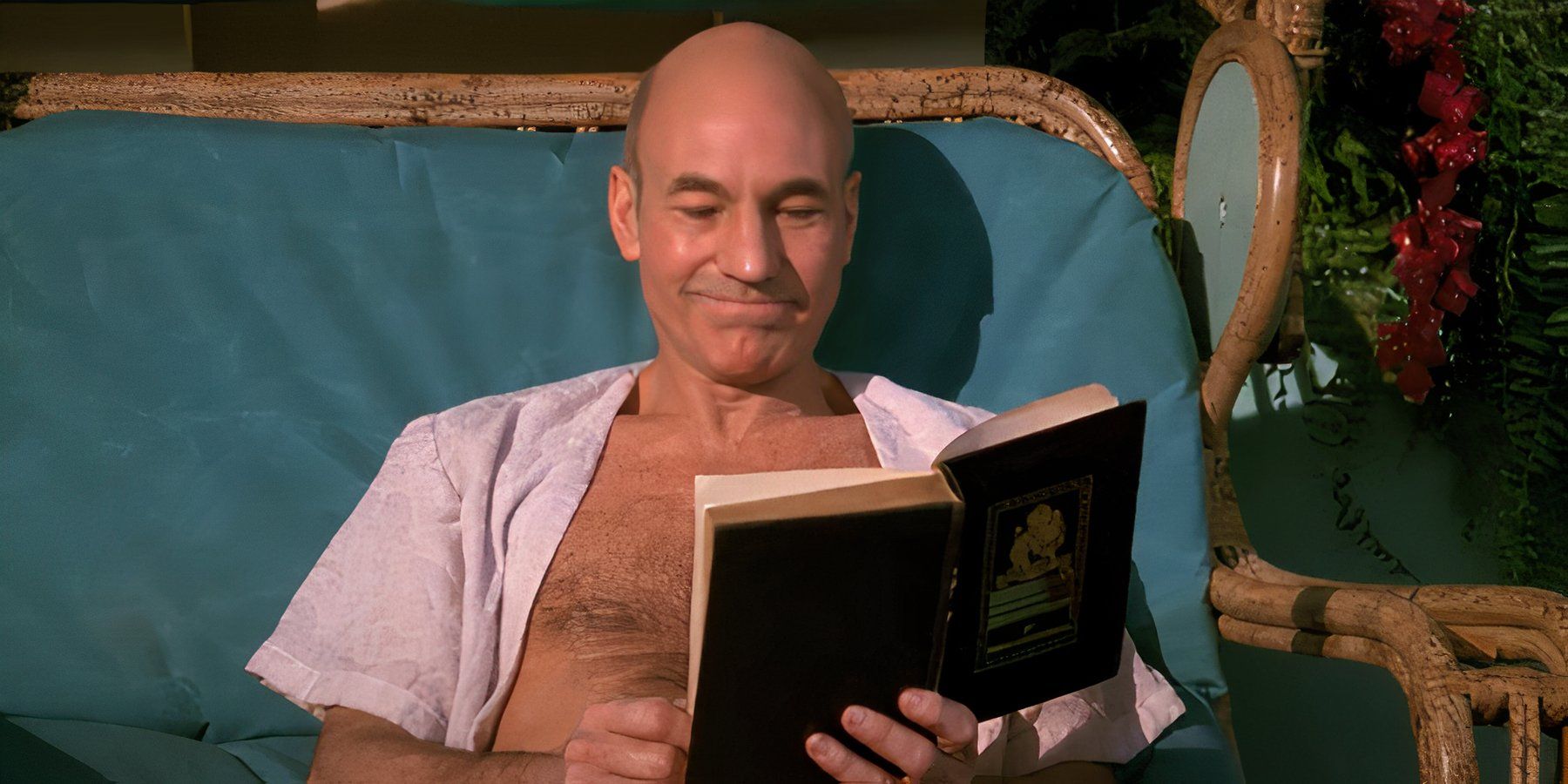
When Star Trek: The Next Generation (TNG) was being developed, Roddenberry and the Star Trek writing team had greater autonomy to construct the society that Roddenberry originally conceived for the United Federation of Planets. They detailed this universe in the writer’s manual for TNG.
It’s clear that the primary issues threatening humanity have been addressed, resulting in Earth being transformed into a utopia for humans. This paradise is filled with vast wilderness preserves, magnificent parks, stunning cities, and an educated and empathetic populace who cherish life as an exciting journey, rather than just existence.
The creators of TNG recognized that individuals grappling with hardships such as poverty, hunger, homelessness, or insecure housing, are primarily motivated by their survival instincts, leaving little room for consideration of humanity at large. If fundamental needs like food, clean water, safe shelter, and security were universally met, humanity would have the capacity to address and surmount all the global social issues that persist.
They aimed to establish a world beyond scarcity – a place where financial constraints wouldn’t hinder people from meeting their essential needs. This was a society where resources were plentiful enough for everyone to not just exist, but flourish, irrespective of their social status. To materialize this post-scarcity society, Roddenberry and the writers devised the key technological marvel in Star Trek lore: the replicator.
How Replicators Created a Post-Scarcity World
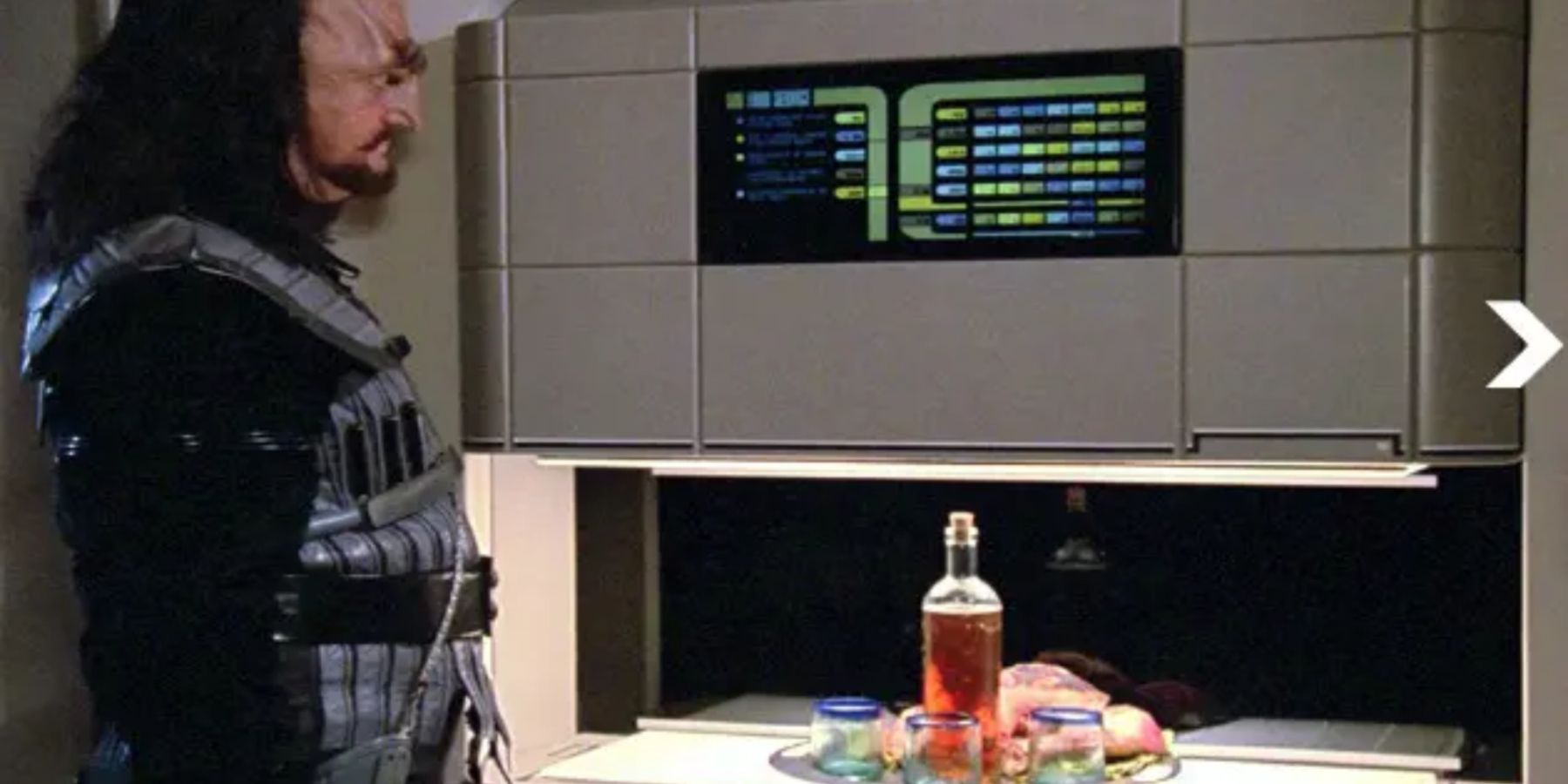
In the manual for Star Trek: The Next Generation (TNG), it’s stated that replicators, scattered across the U.S.S. Enterprise, employed transport tech to draw “raw resources” and alter their molecular structure into edibles or drinks. These items were then dispensed through “wall openings.” Essentially, these replicators were an innovative spin on the food synthesizers from the original Star Trek series (TOS). Though Roddenberry couldn’t show all aspects of the universe he conceived for TOS, he and his team devised a method to combat hunger: by using technology to transform matter into various foods and beverages from an abundance of raw materials.
In the process of further exploring the concept of replicators, Roddenberry and his team discovered that these devices could do much more than merely produce food and beverages. They found potential in utilizing them to transform raw matter into a wide variety of necessary items. However, it’s important to note that there were limitations. The replicators couldn’t manage objects that were excessively large or intricate, and they required pre-existing molecular patterns to create an item, meaning they couldn’t produce things with unknown molecular compositions.
Instead of producing items as we traditionally do, replicators in this society are capable of fabricating everything necessary for individuals to fulfill their fundamental needs. As a result, because citizens can generate almost any item they desire whenever they wish using these devices, there’s no longer a need for exchanging money for goods or services within the Federation. Consequently, money has become irrelevant in this context.
In the Federation, as financial concerns are eliminated, people follow their heartfelt interests rather than necessity, finding joy in work that resonates with them personally and philosophically. With freedom from material worries such as poverty, shelter, and employment, they instead invest their time in self-improvement and uplifting humanity. The abundance of resources and focus on personal growth enables Federation citizens to actualize Roddenberry’s dream of a society devoid of selfishness, hardship, prejudice, brutality, and conflict.
Is The Star Trek Universe Really Post-Scarcity?
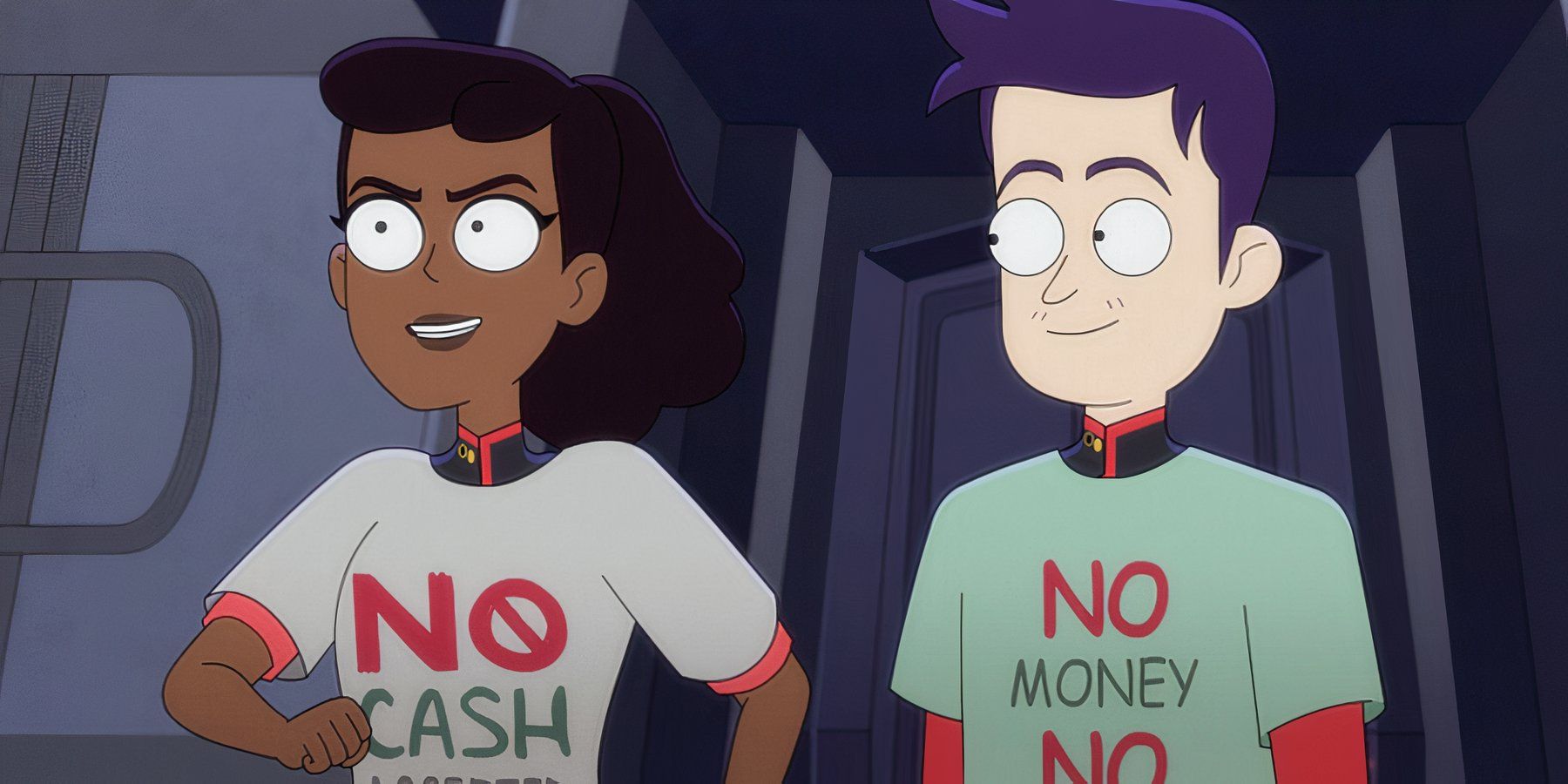
Though money is obsolete within the Federation, as Manu Saadia points out in his book Trekonomics, money isn’t completely obsolete in the Star Trek universe. Plenty of cultures throughout the universe, most notably the Ferengi, still use currency, and the Federation still uses accepted forms of currency in their dealings with other cultures. Additionally, since the replicators can’t replicate everything, certain resources are still scarce. Conflict still exists over the management and use of those non-replicable resources throughout the Star Trek universe.
In the Federation, citizens possess all necessary resources to prosper and lack nothing, however, this is not always the reality for societies across the cosmos. Even within Federation vessels, smaller societies may find themselves needing to trade or pay for resources that deplete during their missions.
In essence, while Star Trek presents an inspiring image of a society where everyone’s essential needs are satisfied, it doesn’t truly portray a universe without scarcity. Contrary to its lofty ideals, the Star Trek universe mirrors a world divided into rich and poor. Although Federation citizens have more than enough and are generous with their resources, poverty, hunger, and conflict persist across various parts of the galaxy. Even the Federation, in its efforts to share, perpetuates these disparities by trading for limited resources and selectively distributing technology.
In a society where everyone’s fundamental needs, along with additional comforts, are fulfilled and money is no longer required, there’s a significant improvement over the current capitalist system we face. However, the universe depicted in Star Trek isn’t quite as prosperous or economically balanced as it may seem on the surface.
Utilizing resources such as the Writer’s Guides for both “Star Trek: The Original Series” and “Star Trek: The Next Generation,” along with the economic analysis in “Trekonomics” and the series themselves.
Read More
- FIS PREDICTION. FIS cryptocurrency
- LUNC PREDICTION. LUNC cryptocurrency
- Luma Island: All Mountain Offering Crystal Locations
- Tips For Running A Gothic Horror Campaign In D&D
- EUR CAD PREDICTION
- DCU: Who is Jason Momoa’s Lobo?
- XRP PREDICTION. XRP cryptocurrency
- OSRS: Best Tasks to Block
- 13 EA Games Are Confirmed to Be Shutting Down in 2025 So Far
- Space Marine 2 Teases 2025 Plans
2024-11-16 03:06